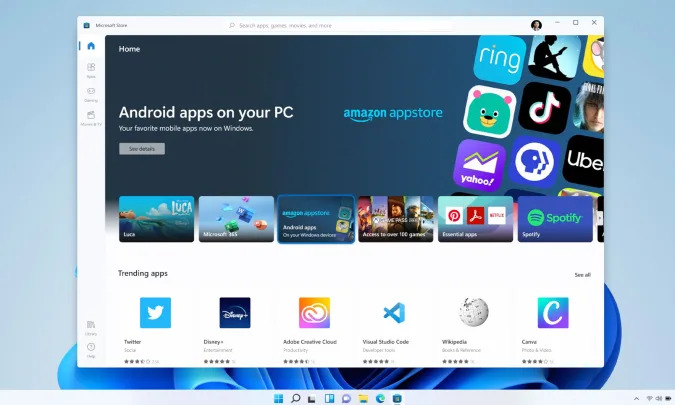 Microsoft
MicrosoftAfter an early build of Windows 11 made its way online, there weren't many surprises during Microsoft's recent "What's next for Windows" event, but the one that did come out was a big one. The next version of Microsoft's operating system will support Android apps. What's more, Windows 11 won't be only emulating them.
With the help of Intel's Bridge technology, Microsoft's Panos Panay promised the integration would be "seamless and smooth." What he didn't say was exactly how the technology would work, but now that's something we have an answer to as well.
Intel says Bridge is a runtime post-compiler that allows applications that were originally designed for a variety of different hardware platforms to run natively on x86 devices. The company points out the technology is part of its ongoing XPU strategy, which means it won't be merely limited to bringing Android apps to Windows 11.
For those worried about AMD compatibility, worry not. Microsoft says Intel Bridge will work across x86 processors, including those made by AMD.
In practice, the inclusion of a feature that allows Windows 11 to natively run Android apps makes the operating system a much closer match for Apple's M1-based Macs, which can run iOS apps without a developer making any modifications to their software.
Comments
Post a Comment